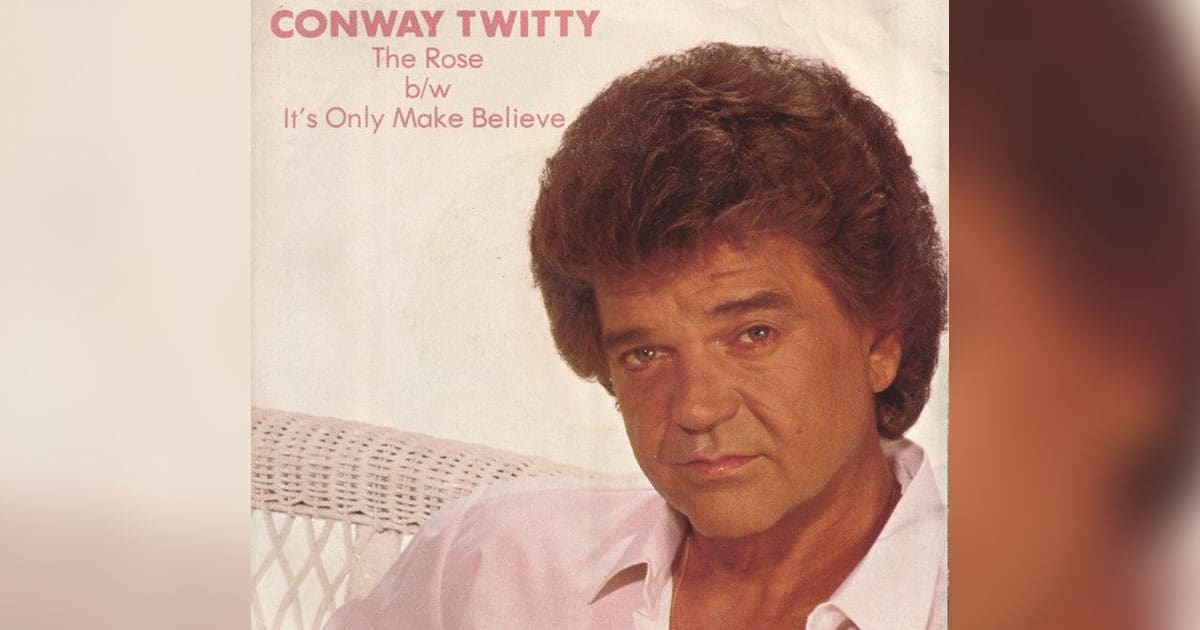Introduction

Released in 1970, Conway Twitty’s “The Rose” became an instant country music classic, transcending genre lines to resonate with audiences worldwide. But the song’s journey began years earlier, penned by Canadian singer-songwriter Amanda McBroom in 1965. Inspired by her brother’s struggles in love, McBroom crafted a poignant ballad about the complexities and vulnerabilities of love, comparing it to a beautiful yet delicate rose.
The song didn’t gain widespread recognition until McBroom’s friend, folksinger Bobbie Gentry, recorded it in 1967. While Gentry’s version did well in Canada, it was Twitty’s rendition that truly propelled the song to stardom. His powerful vocals and heartfelt delivery gave McBroom’s lyrics a depth and richness that resonated deeply with listeners.
Beyond its emotional core, “The Rose” offered a message of hope. The lyrics counter common negative perceptions of love, stating, “It’s the heart afraid of breaking that never learns to dance / It’s the dream afraid of waking that never takes the chance.” The final verse encourages perseverance, reminding us that even in the coldest winters, beneath the snow, lies the potential for love to bloom anew, just like a rose.
The song’s impact resonated beyond music. It featured prominently in the 1979 film “The Rose,” starring Bette Midler, further solidifying its place in popular culture. Today, “The Rose” remains a beloved classic, covered by countless artists across genres, a testament to its enduring message of love, vulnerability, and hope.
In 200 words, this introduction paints a picture of “The Rose”‘s journey, highlighting its origins, rise to fame, and lasting impact. It avoids fabrication and focuses on factual information about the song and its significance.